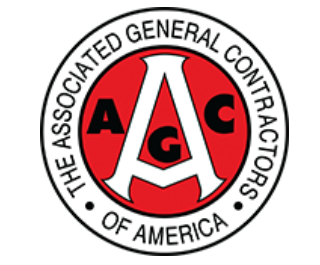

The election results on Tuesday carry numerous implications at all levels of government for construction spending, financing, regulation and workforce. California voters rejected a rollback of the fuel tax increases they passed in 2016, but voters in Colorado and Missouri turned down tax increases to fund transportation projects. AGC summarized the outlook for Congressional legislation and some of the many state ballot results affecting transportation funding and marijuana laws. In addition, “This year’s ballot featured about $76.3 billion of bond issues across the country, the highest amount since November 2006,” The Bond Buyer reported on Wednesday, based on partial returns. Among the largest issues, “California voters were rejecting an $8.877 billion water infrastructure and watershed conservation bond with 52% opposed with 82% of precincts reporting; $4 billion for housing and veterans’ loans had a 53% yes vote with 57% of precincts reporting; voters approved $2 billion for homelessness prevention and $1.5 billion issuance for a children’s hospital. San Diego Unified School District voters appeared to approve a $3.5 billion referendum for safety and school repairs, its largest ever….Fort Bend, Texas, Independent School District voters approved a $992.6 million bond deal for construction, renovation, security and technology. Tarrant County voters agreed to a $800 million for county hospital upgrades. Frisco ISD voters passed a $695 million for renovations. Collin County’s $600 million request for non-tolled highways and freeways got a thumbs-up from voters. Round Rock ISD $508.435 million for construction and improvements was approved….Metro, Ore., voters approved a $652.8 million bond for affordable housing….Wake County, N.C., voters approved $548 million for school constructions and $349.1 million for Wake Technical Community College construction.”
Nonfarm payroll employment in October increased by 250,000, seasonally adjusted, from September and by 2,516,000 (1.7%) y/y, the BLS reported on November 2. The unemployment rate remained at a 49-year low of 3.7%. Construction employment rose by 30,000 for the month and 330,000 (4.9%) y/y to 7,318,000 (the most since April 2008 but 5.3% below the April 2006 peak). Average hourly earnings in construction rose 3.9% y/y to $30.21, or nearly 11% more than the private-sector average ($27.24, up 2.8% y/y). Earnings in construction climbed at the highest y/y rate since June 2009. The number of unemployed jobseekers whose last job was in construction fell from 418,000 in October 2017, not seasonally adjusted, to 352,000 and their unemployment rate, fell from 4.5% in October 2017 to 3.6%. Both the number and rate of unemployed experienced construction workers were the lowest October figures ever in series dating back to 2000.
There were 278,000 job openings in construction at the end of September, 55% higher than the September 2017 total of 179,000, and the highest September total in the series’ 18-year history, BLS reported on Tuesday in its latest Job Openings and Labor Turnover Survey (JOLTS) release. The industry hired 355,000 employees in September, not seasonally adjusted, close to the September 2017 total of 361,000. Layoffs and discharges amounted to 2.3% of employees, down from 2.9% in September 2017. These figures, along with the positive September employment report and the recent AGC workforce survey, suggest contractors are still eager to hire more workers but are having difficulty finding ones who have construction experience.
Register now for complimentary webinar on Thursday, Nov. 15, 2-3:30 pm EST: “Tariffs, Trade and Transition: Post-Election Design & Construction Outlook” with Chief Economists Ken Simonson (AGC), Kermit Baker (AIA) and Alex Carrick (ConstructConnect).
Editorial Director and Senior Writer for TileLetter and TileLetter ARTISAN
Lesley Goddin has been writing and journaling since her first diary at age 11. Her journey has taken her through a career in publishing and publicity, landing her the editor position of TileLetter and its special publications in 2006. Her goal is to educate, inspire, recognize and encourage those in the tile industry -- especially the tile and stone contractor.







